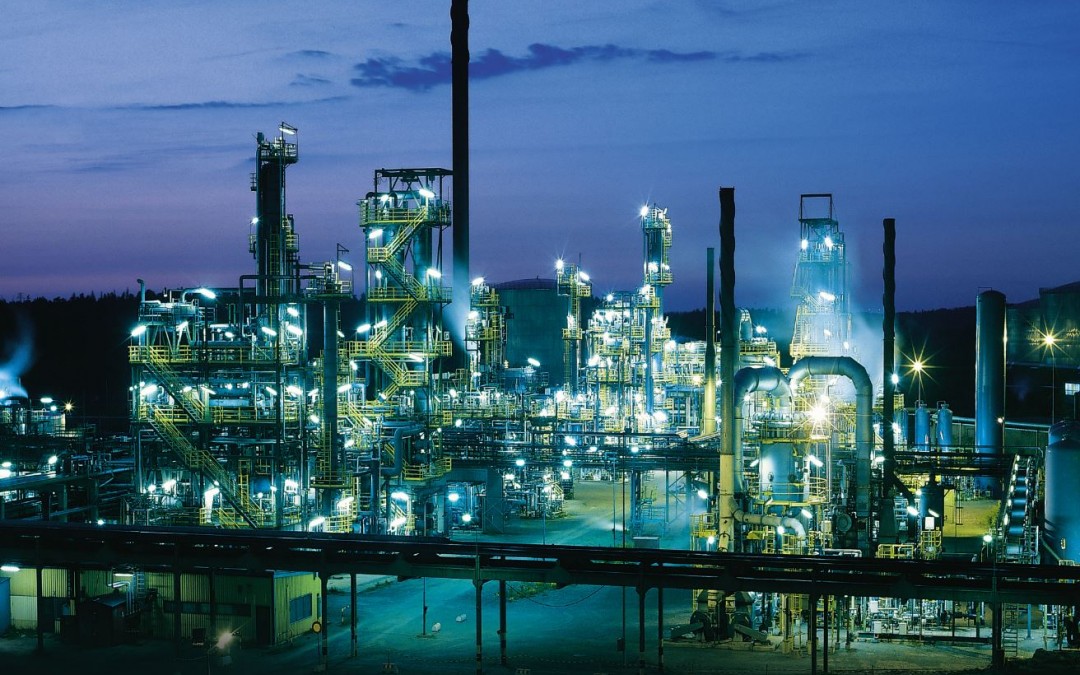Economic growth is largely based on energy consumption, in which oil has played and will continue to play a key role. In a climate of strong growth in energy demand, as is forecast for the outlook to 2040, especially in OECD countries, the world energy model of the future will continue to be based on fossil fuels. According to estimates of the International Energy Agency, oil (26.4%) and natural gas (23.6%) will continue to cover half of world energy demand by 2040.
In this context, it is easy to understand that while oil is a key to the future development of an economy, any significant change affecting its price has an impact on all economic sectors. We need to understand the parameters that explain oil price trends over recent years and, especially, future prospects in this regard.
This is addressed specifically in the latest report published by the Foundation for Energy and Environmental Sustainability (FUNSEAM). Periodically, FUNSEAM commissions internationally renowned experts such as Professor Mariano Marzo to develop analyses, for distribution, on topics of interest and of major importance for the energy sector and for society as a whole. The changing reality of the crude oil market is addressed in this latest report, under the heading “Reflections on the oil market: current situation and short and medium-term outlook”. In recent months we have experienced a sharp decline in oil prices, which has started to correct itself in recent weeks. This development has sparked all sorts of speculation about whether these unusual price levels are temporary or whether we are entering a new reality in the oil industry.
Contextualised in this complex and rapidly changing process, the report attempts to provide an insight on some topical issues: Has the fall in prices that began in mid-2014 bottomed out? What are the forecasts for the balance between supply and demand and crude prices in the short and medium term? Is it realistic to envisage a possible scenario of low prices until the beginning of the next decade?
These are highly relevant issues and may end up conditioning the recent economic recovery process which the global economy seems to be moving into.
Oil trends have exceeded all expectations, which is why the vast majority of recent estimates on how world oil demand and supply will evolve have been wrong in their predictions. Estimating is a complex exercise and has been made more complex in recent months with the addition of new elements of uncertainty. Some of those unknowns are the potential impact of current low prices on crude oil production capacity outside the Organization of Petroleum Exporting Countries (OPEC) – with special emphasis on unconventional oil from USA- ; the potential effect of the fall in investment in the oil exploration and production sector linked to the current price situation; or the actual capacity of OPEC when oil prices stabilise. These aspects also influence actual capacity to make accurate predictions about the behaviour of the price of this commodity in international markets.
Beyond potential short and medium term trends in oil prices, no less interesting is the final comment of the report, its conclusion, which opens the door to discussion about whether the foundations are being laid for a new oil economy.
According to the author, in recent years the basic principles governing the oil market have been broken.Principles such as the finite nature of the resource made the long-term trend in prices move inexorably upward, the inflexible nature of demand and supply over prices, the supply flow direction from east to west or the ability of OPEC to stabilise the market do not seem to be unshakable axioms and they are changing the nature of the oil market.
The emergence of shale, both oil and gas, as well as growing concern about the effects of climate change, appear to have disrupted these principles and, therefore, new tools are needed to guide analysis of the oil market.
It is worth reflecting on all these issues, so I invite you to read this interesting FUNSEAM report carefully.
